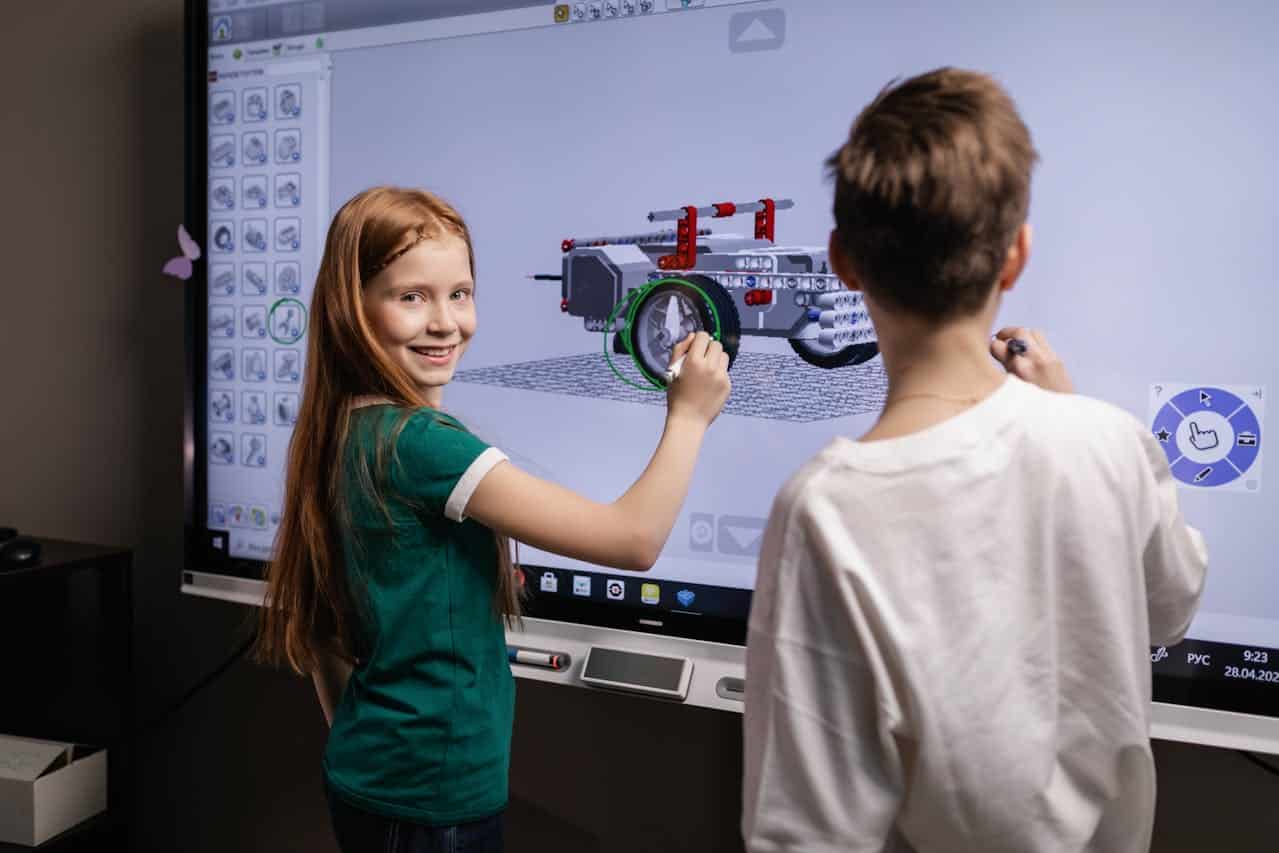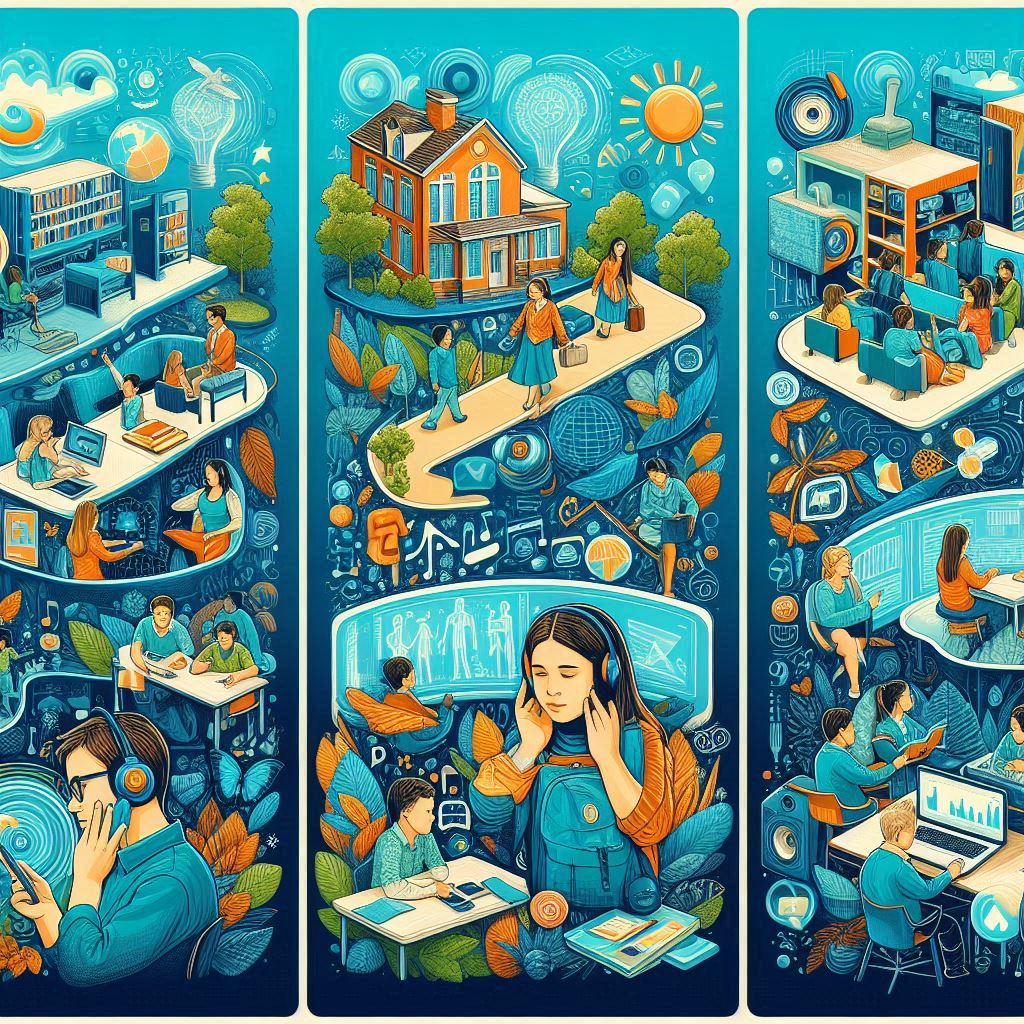
Deaf Education: History, Evolution & Lessons for the Future
- Posted by Cicada Sign
- Categories Blog
- Date December 2, 2024
- Comments 0 comment
Education for the Deaf community has undergone a fascinating journey of transformation, from its earliest roots to modern-day innovations. This evolution is not just about improving access to learning but also about fostering an understanding of Deaf culture and the vital role of sign languages. In this blog, we’ll take a look at the milestones that have shaped Deaf education, the challenges that remain, and the innovations leading the way into the future.
Historical Milestones in Deaf Education
-
The Beginnings of Deaf Education
Deaf education began to formalize in the 18th century with the establishment of the first Deaf schools. For example:- The Institut National des Jeunes Sourds de Paris, founded in 1760 by Charles-Michel de l’Épée, became the world’s first public school for Deaf students.
- In the United States, Thomas Gallaudet and Laurent Clerc co-founded the American School for the Deaf in 1817, paving the way for sign language as a primary method of instruction.
These pioneers laid the foundation for recognizing sign language as a legitimate form of communication and learning.
-
The Rise (and Decline) of Oralism
During the late 19th and early 20th centuries, the oralist movement gained momentum, discouraging the use of sign language in favor of speech and lip-reading. Many Deaf students were forced to abandon their natural language, which led to cultural and linguistic marginalization.
However, the resilience of the Deaf community preserved sign languages during this challenging era, eventually reigniting the global conversation about the importance of bilingual education. -
The Bilingual-Bicultural (Bi-Bi) Revolution
By the late 20th century, the Bilingual-Bicultural approach emerged, emphasizing the importance of sign language as a first language for Deaf students while teaching written and spoken language as a second. This shift acknowledged the cultural and linguistic identity of Deaf individuals, highlighting the value of sign language in education.
Modern Innovations in Deaf Education
-
Technology in Deaf Education
The integration of technology has transformed access to education for Deaf students:- AI-Powered Tools: Platforms like GoSign and Speaksee provide real-time sign language translation and captioning for lectures and online classes.
- Video Learning: Digital resources, such as the ASLized Library, offer access to educational materials in sign language, empowering students and teachers alike.
-
Inclusive Online Learning Platforms
MOOCs (Massive Open Online Courses) have adopted accessibility features, including subtitles and sign language interpretation, making education more inclusive than ever. Platforms like Coursera and edX lead the way in incorporating accessibility features.
Challenges and Opportunities
Despite significant progress, challenges remain:
- Global Inequity: Many countries lack resources to support quality Deaf education, with limited access to trained educators fluent in local sign languages.
- Cultural Sensitivity: Some education systems still fail to embrace Deaf culture and sign language as central components of teaching methods.
Opportunities for the future include fostering inclusivity through policies, increasing the number of sign language interpreters, and encouraging innovation in accessibility technologies.
A Vision for the Future
Looking ahead, the future of Deaf education lies in empowering students through inclusive practices, innovative technologies, and advocacy for Deaf rights. By addressing existing barriers, we can ensure every Deaf student has access to quality education while celebrating the richness of Deaf culture.
Cicada Sign’s Perspective
At Cicada Sign, we believe in championing inclusive and accessible education for all. By highlighting these milestones and challenges, we aim to inspire both individuals and institutions to prioritize Deaf education as a vital part of global progress. Together, we can ensure that every Deaf individual has the opportunity to thrive and lead in a world that celebrates diversity.
The journey of Deaf education is a testament to resilience, advocacy, and innovation. By reflecting on the past and embracing the future, we can build an education system that truly serves the Deaf community, fostering empowerment and inclusivity.





